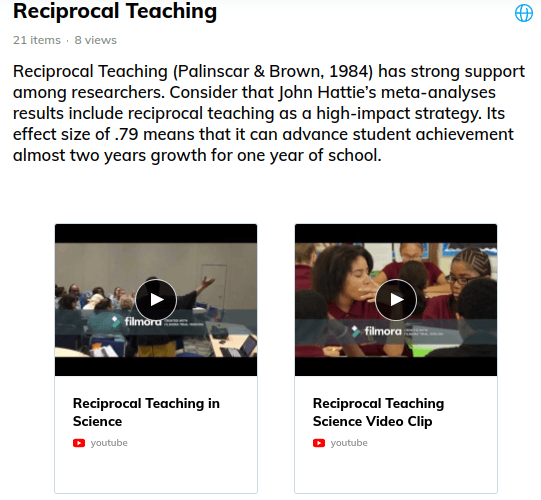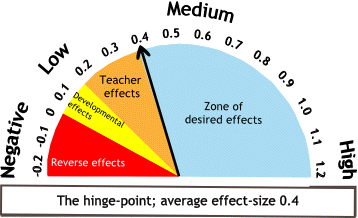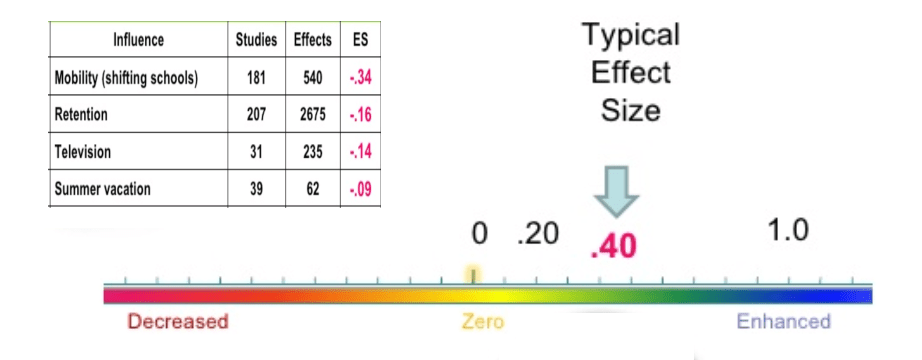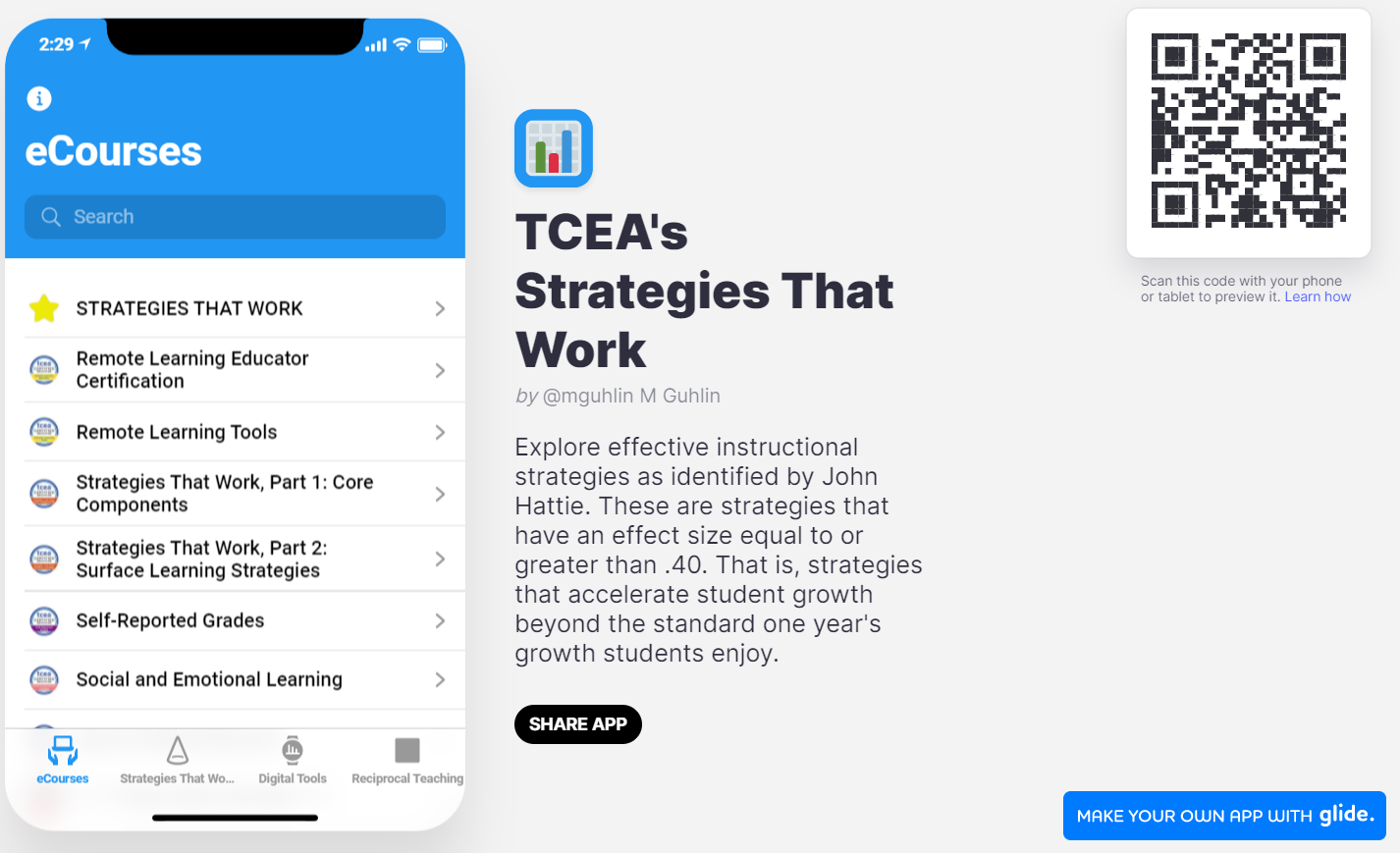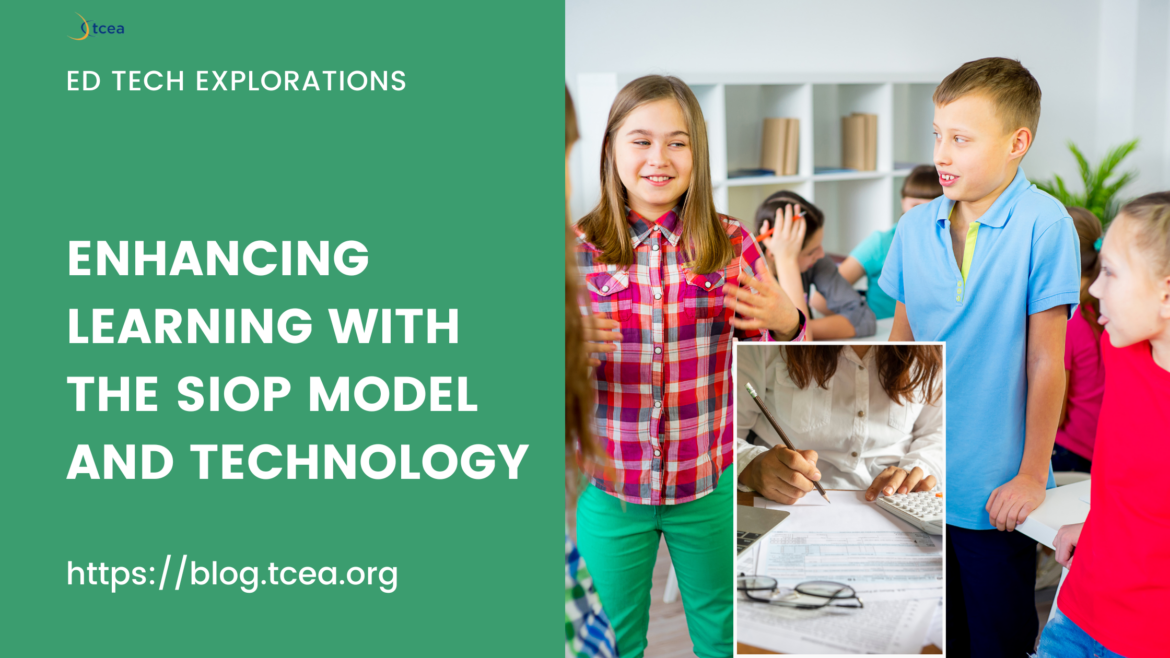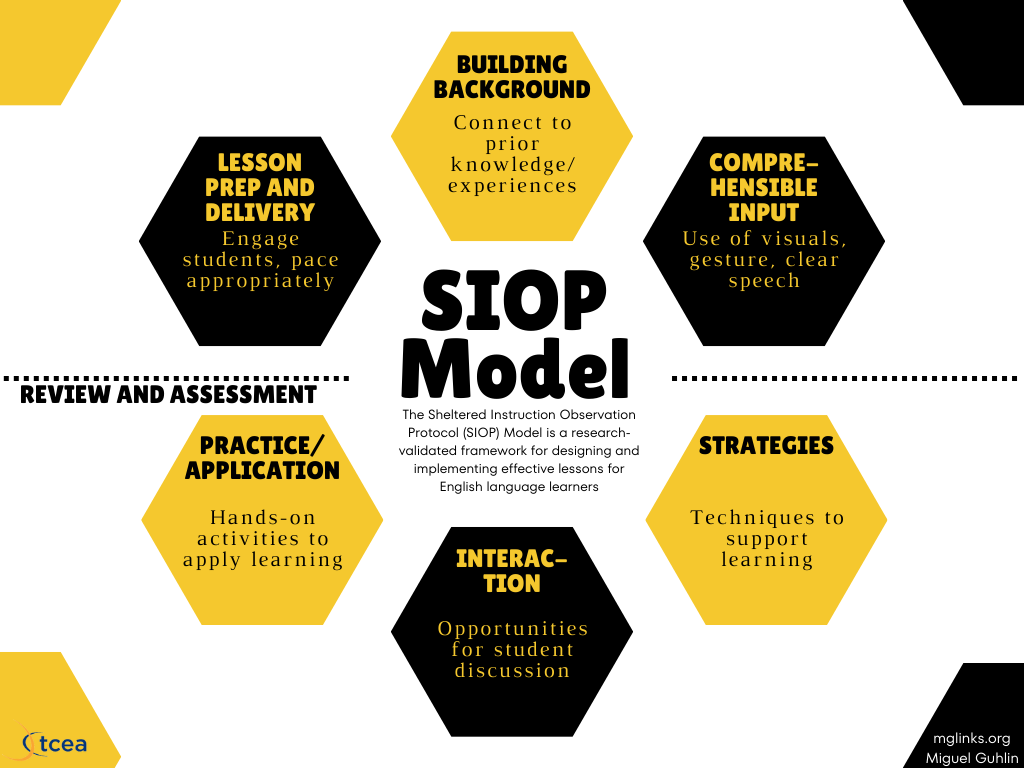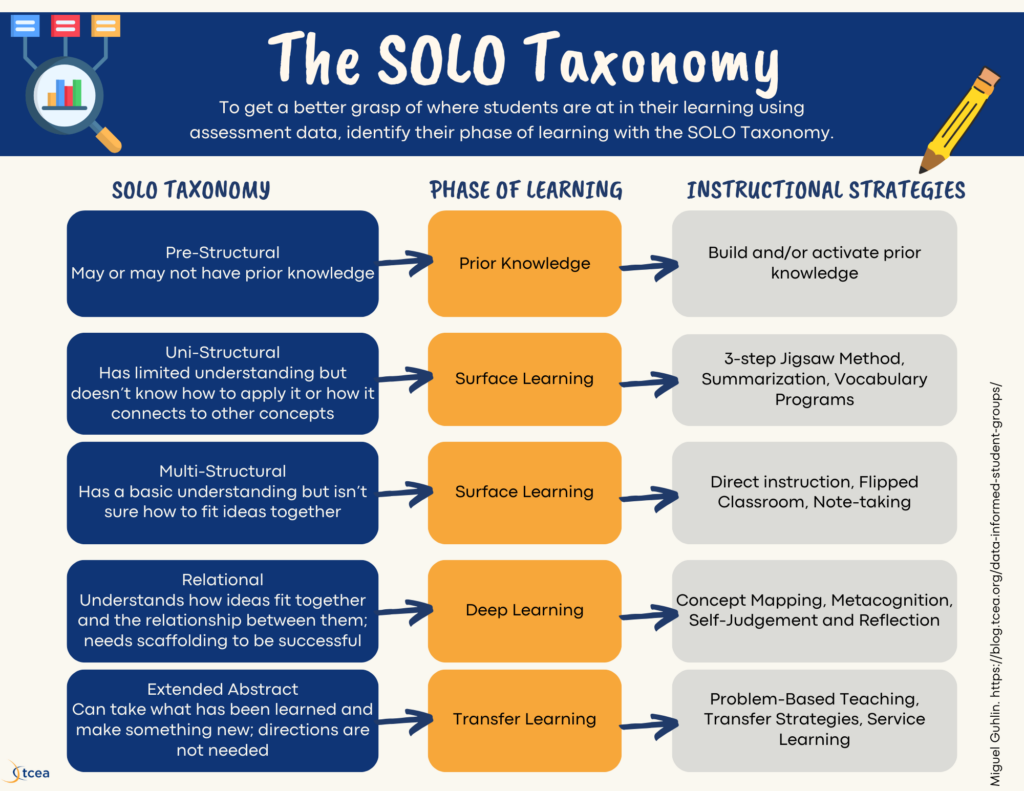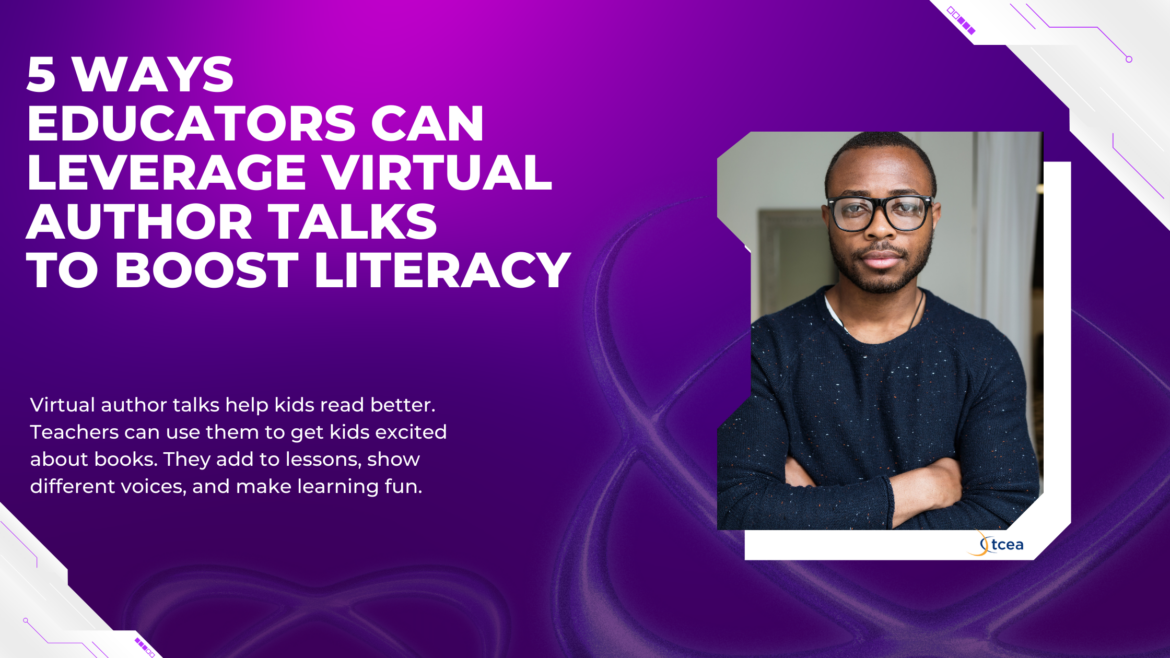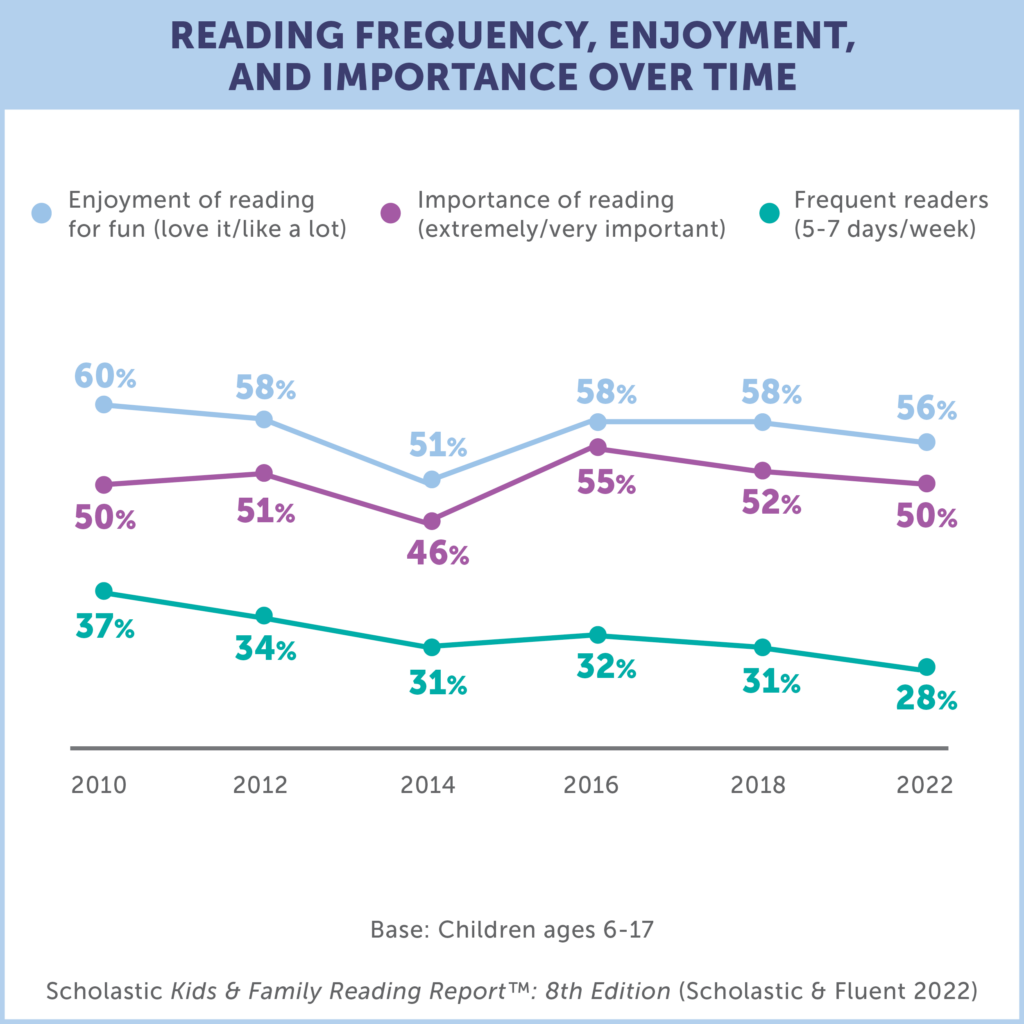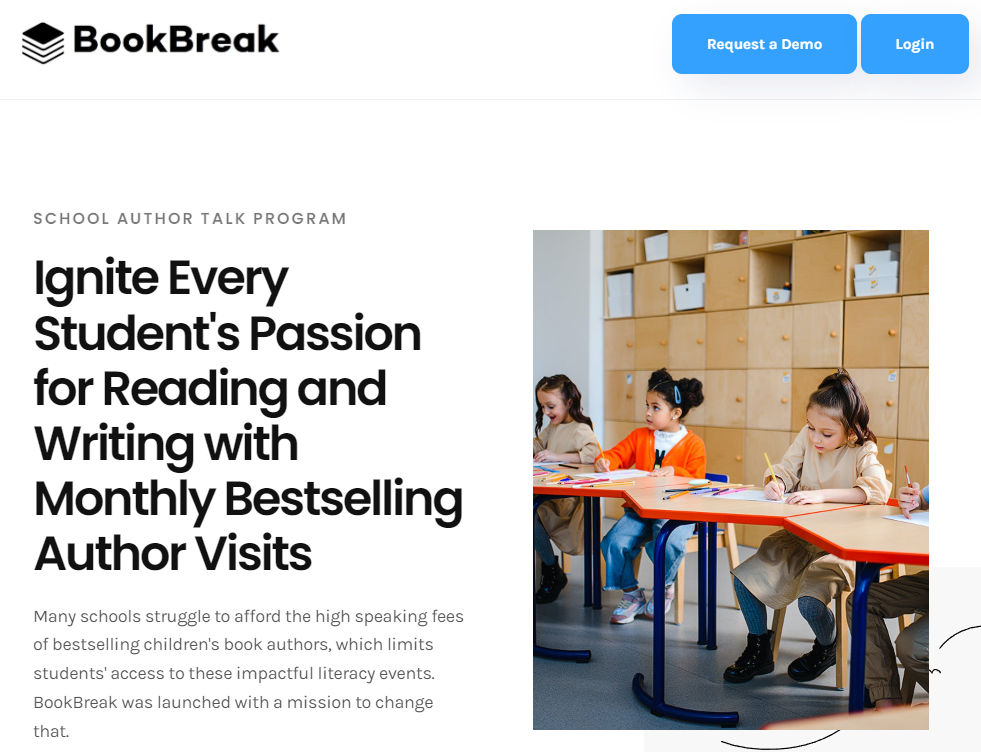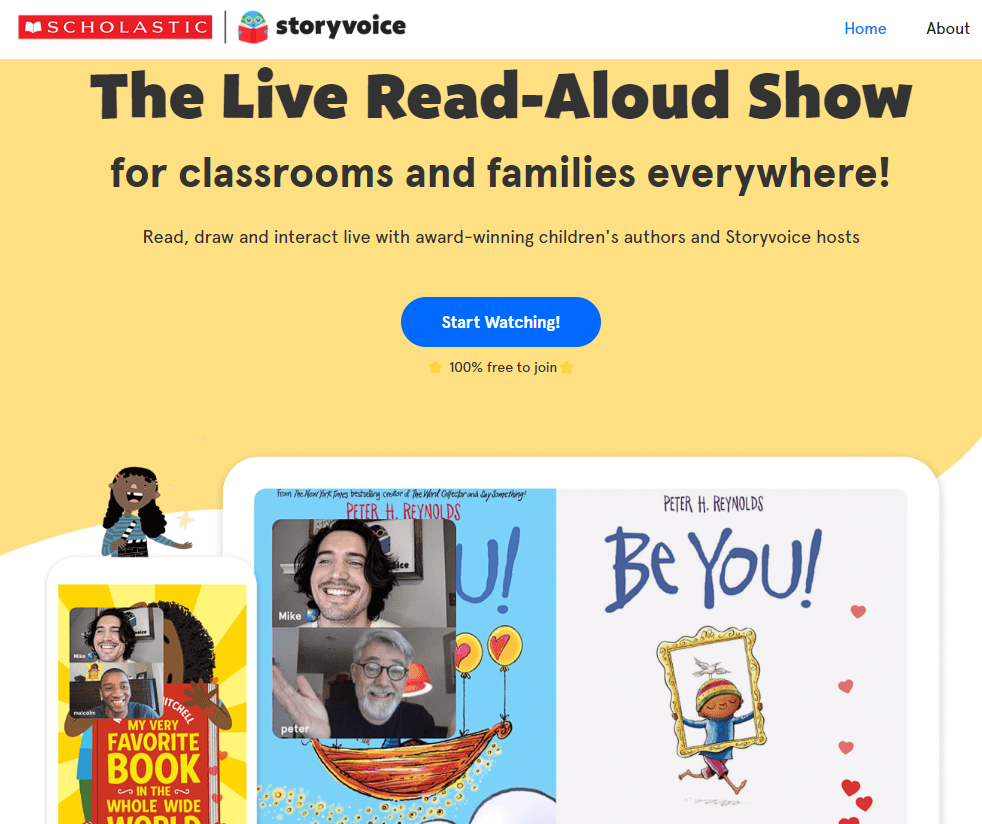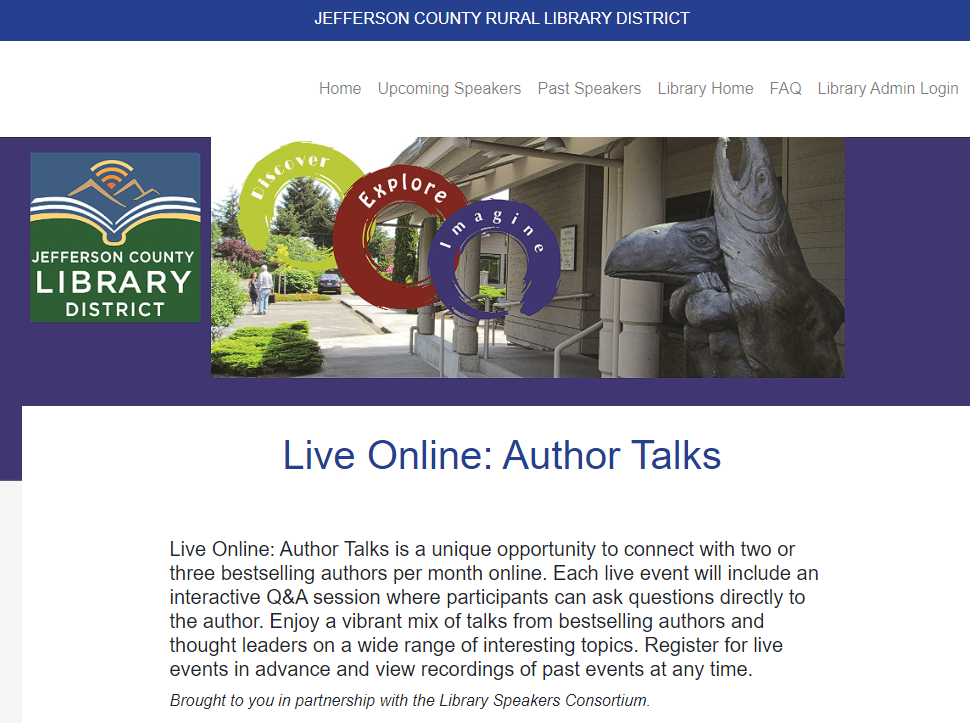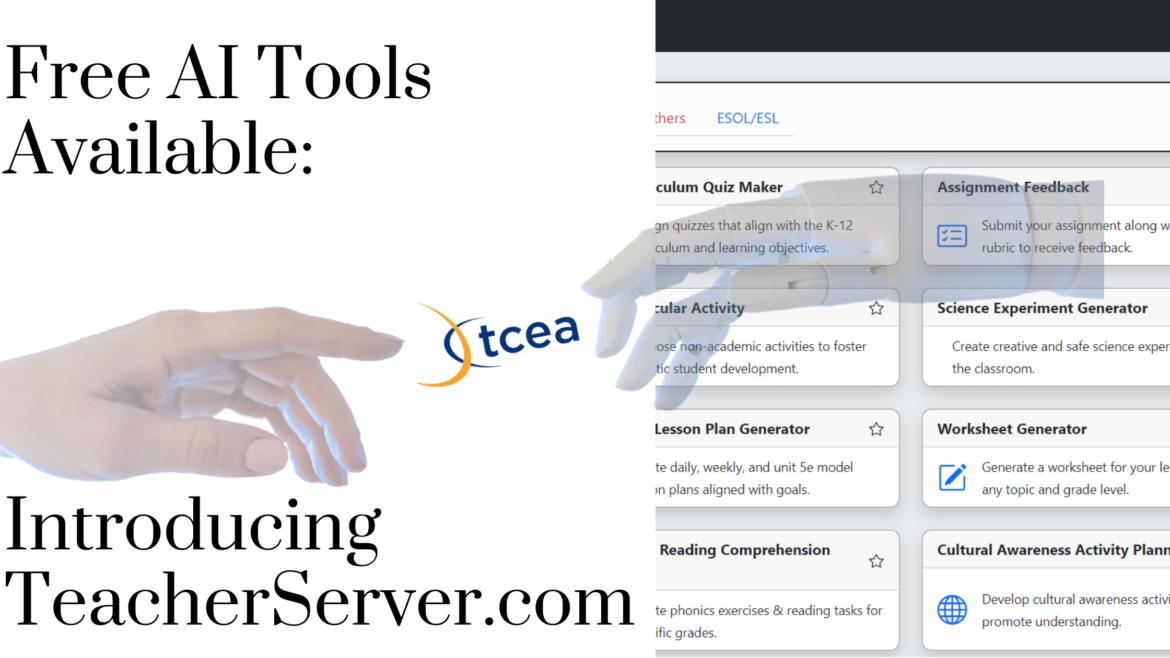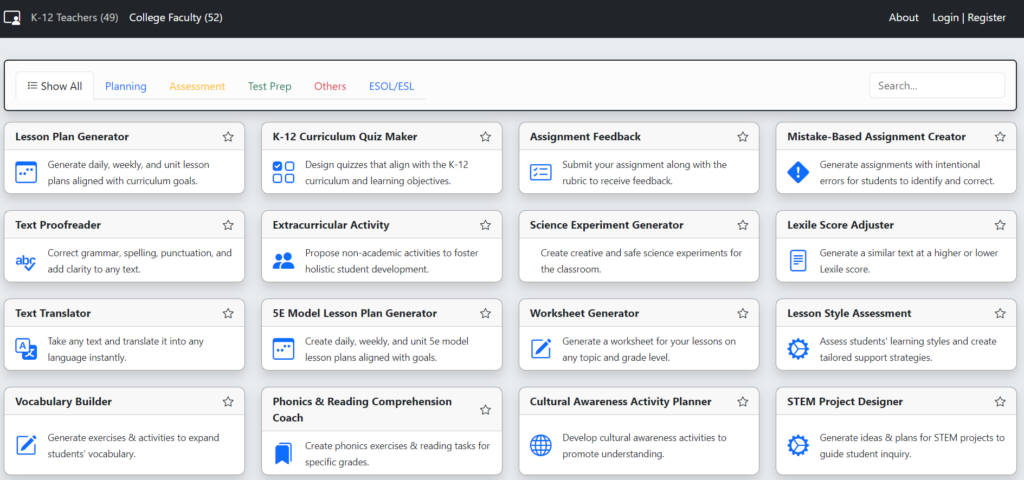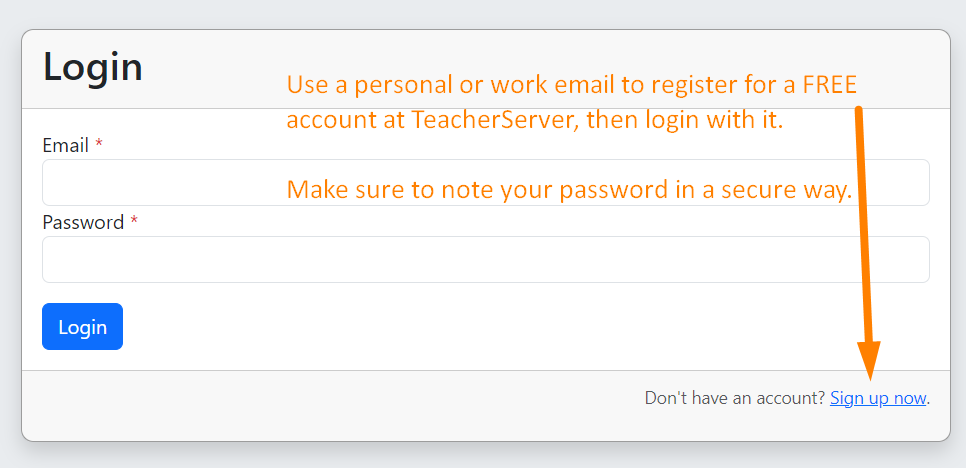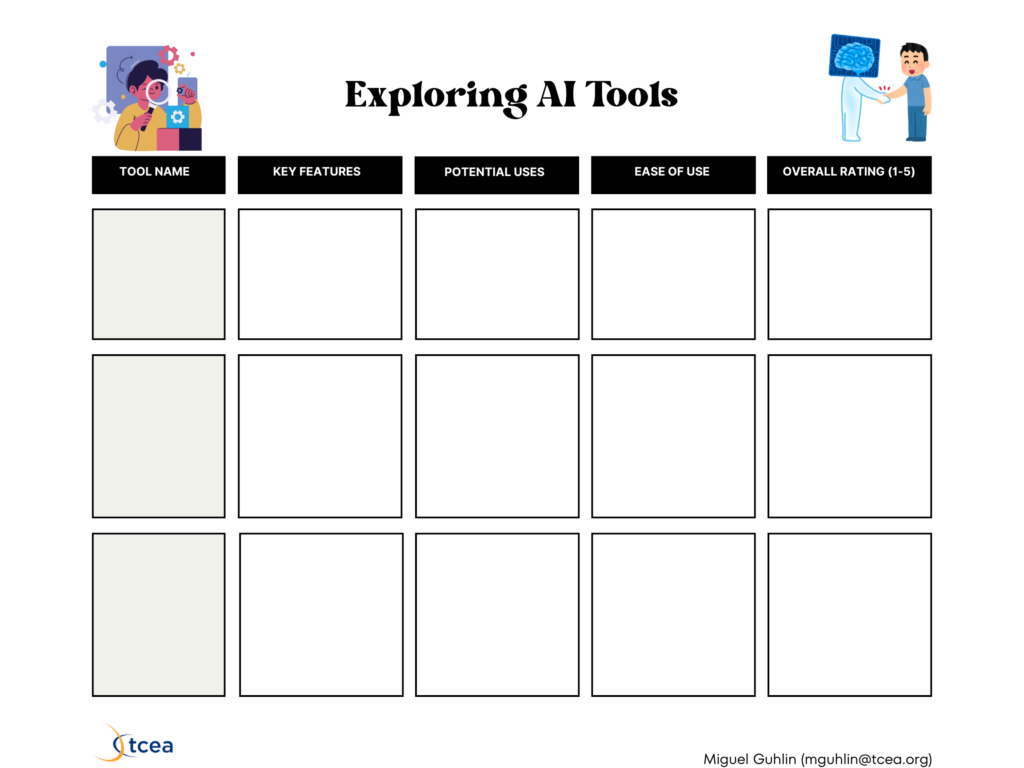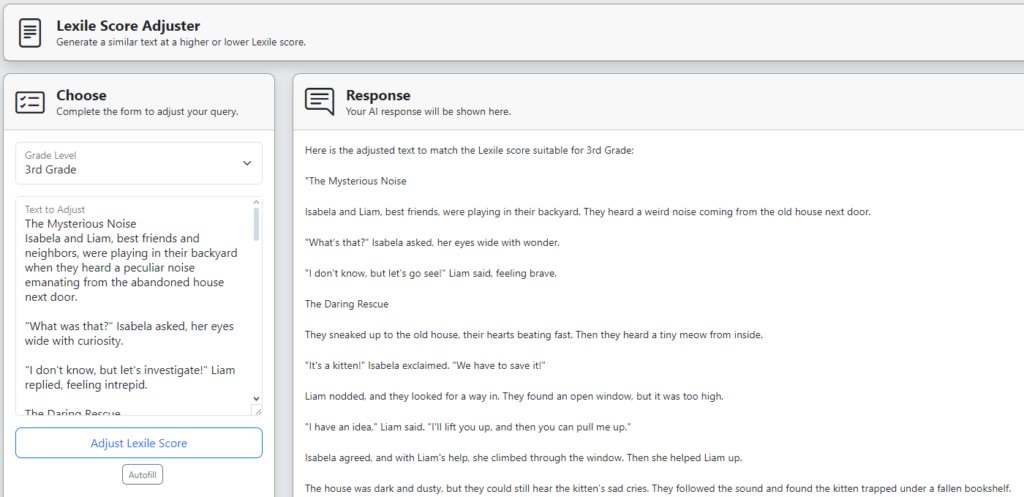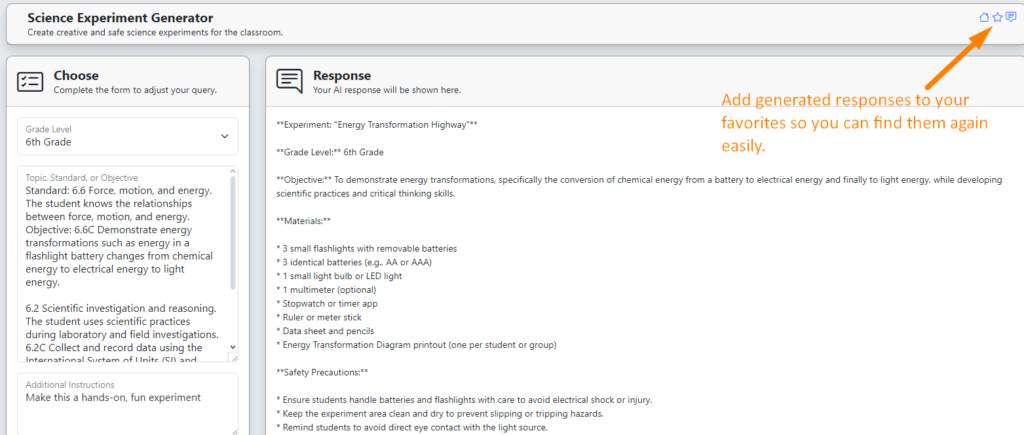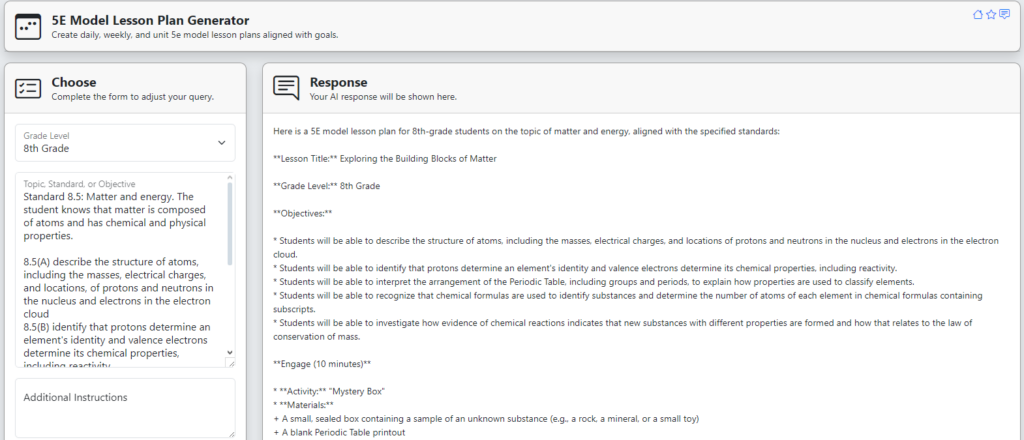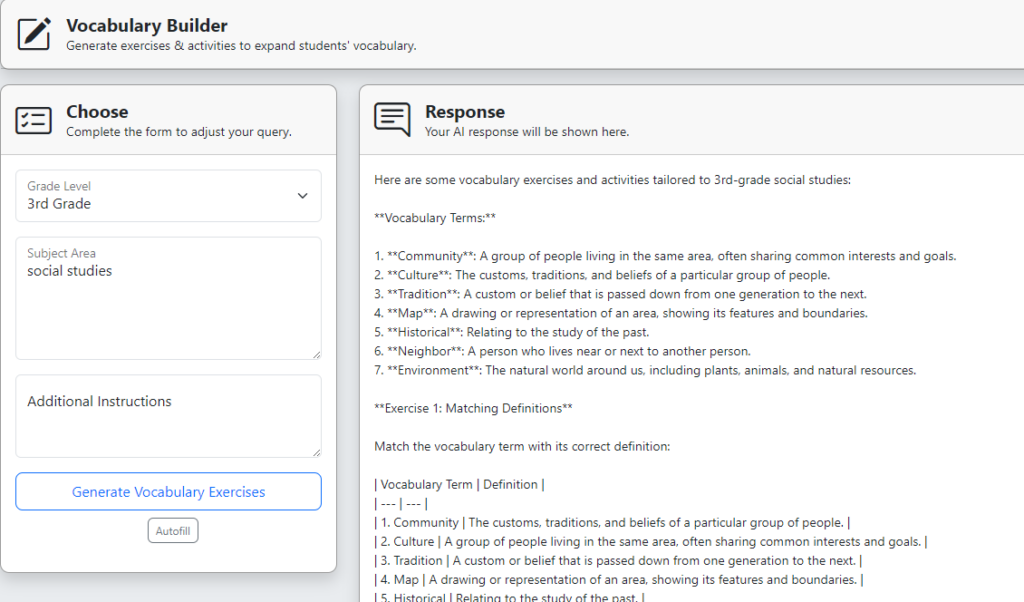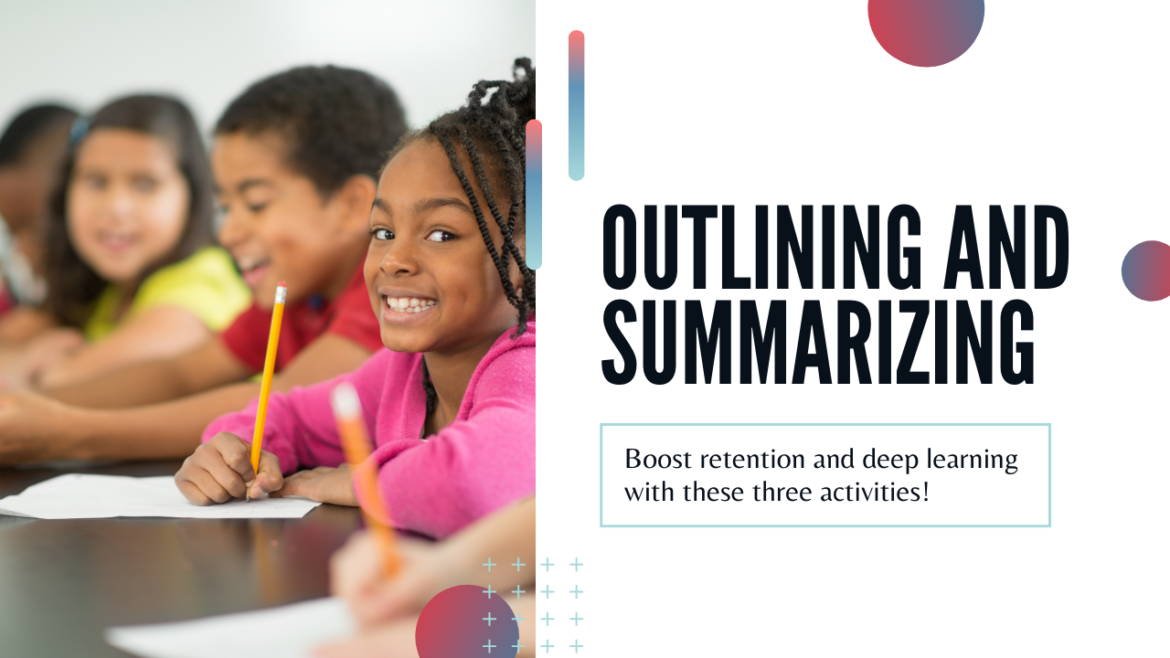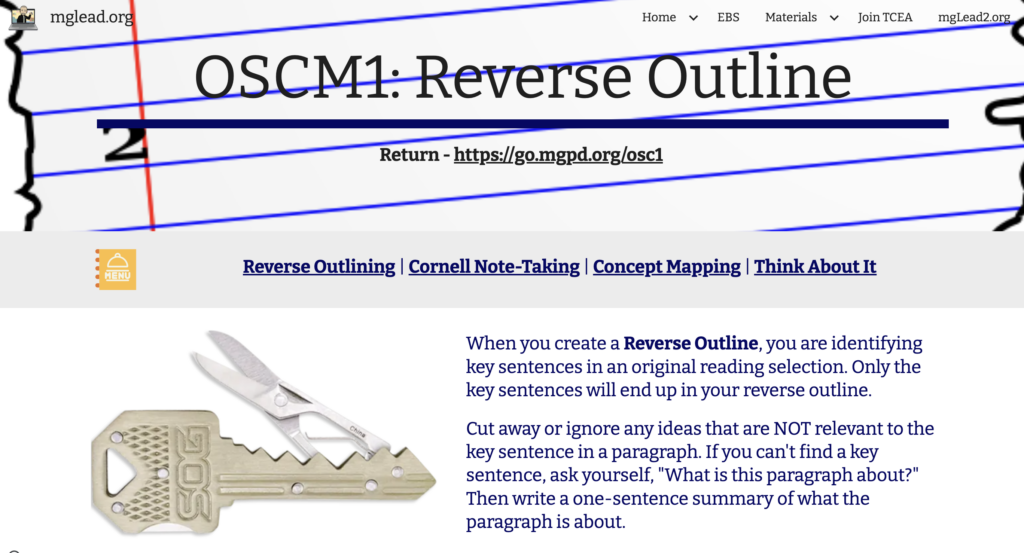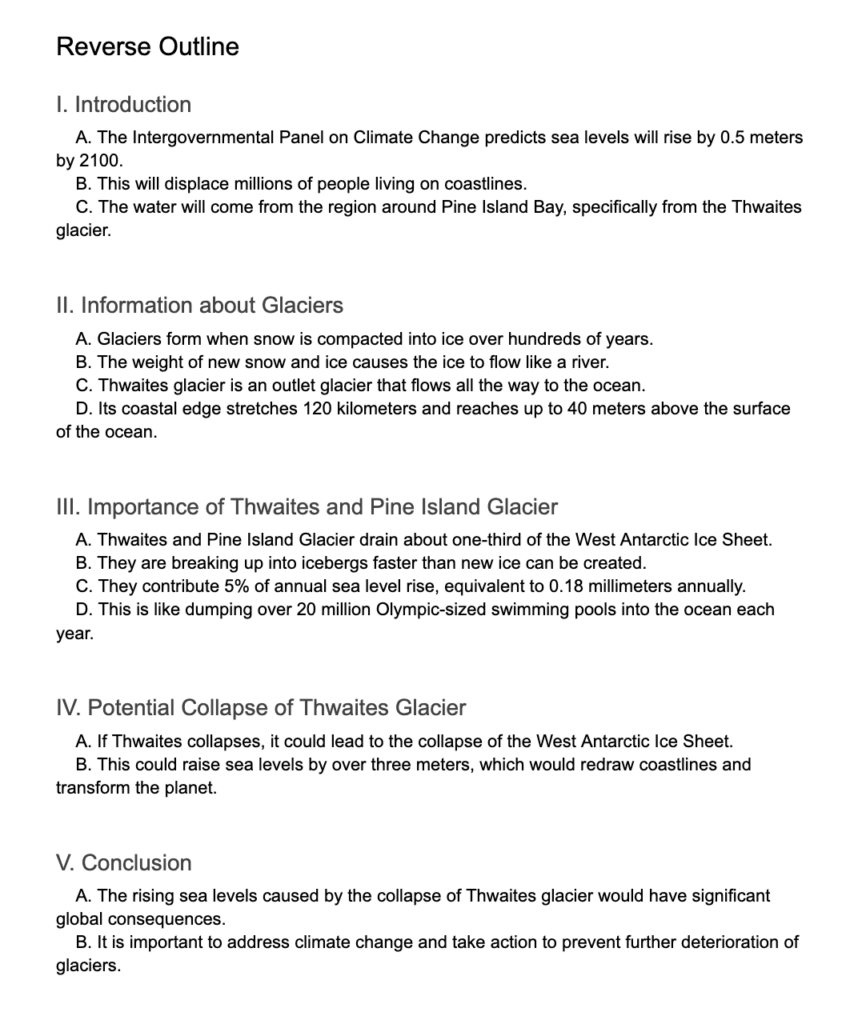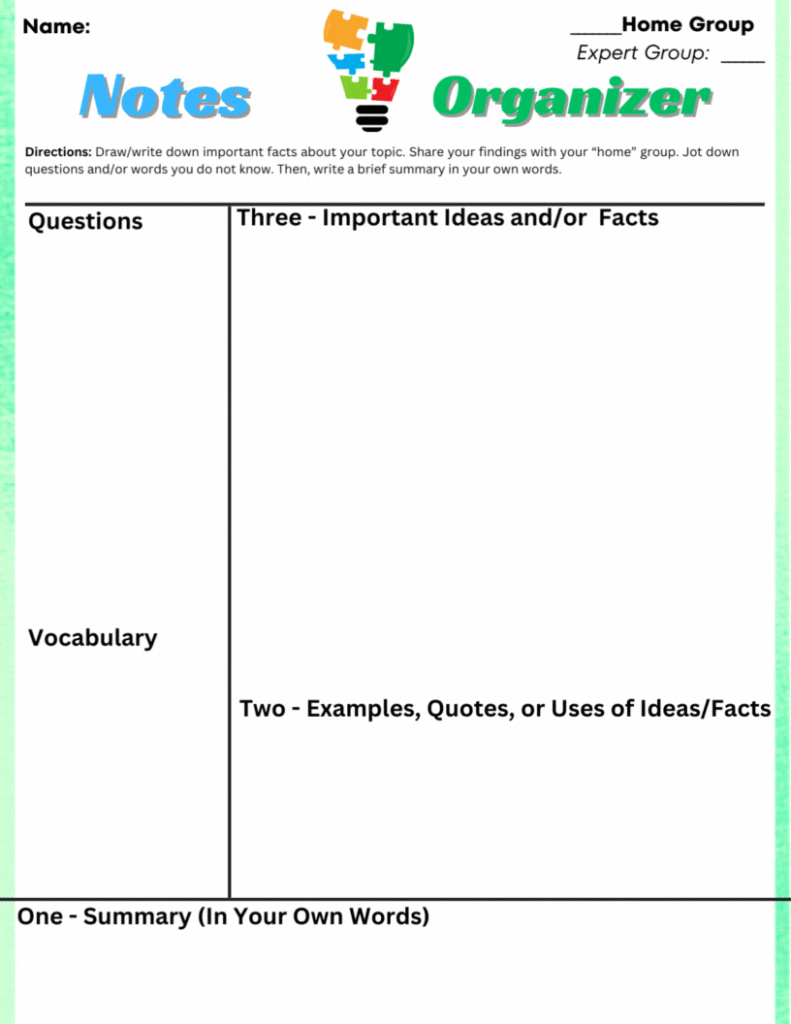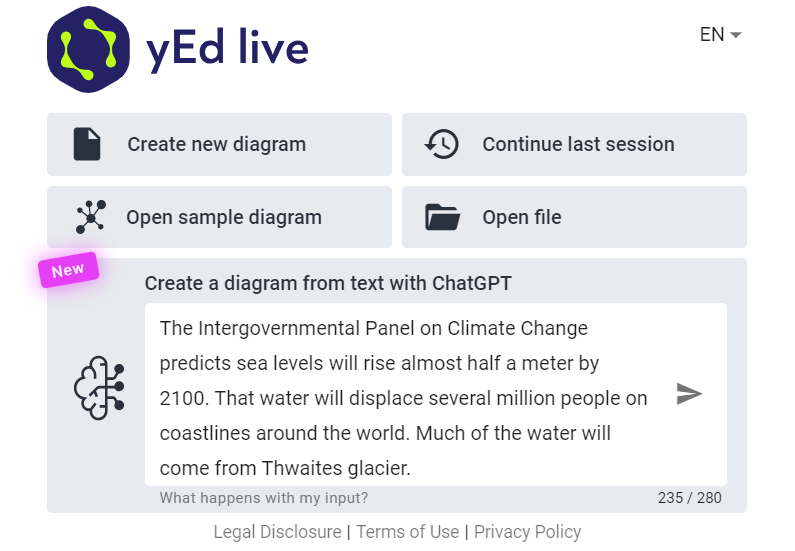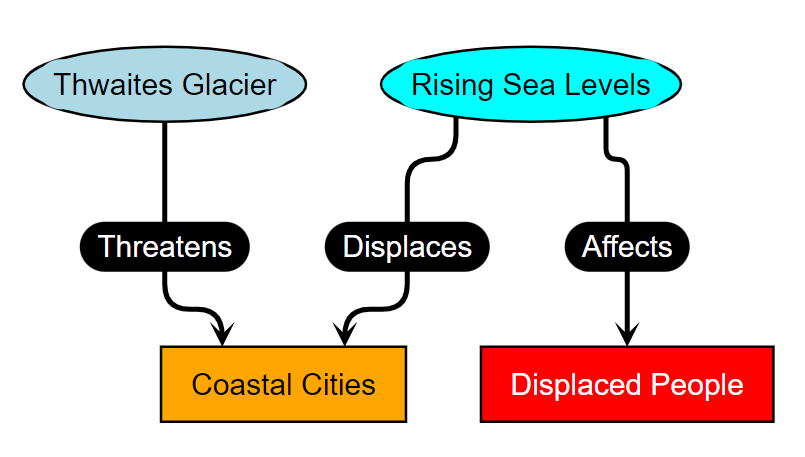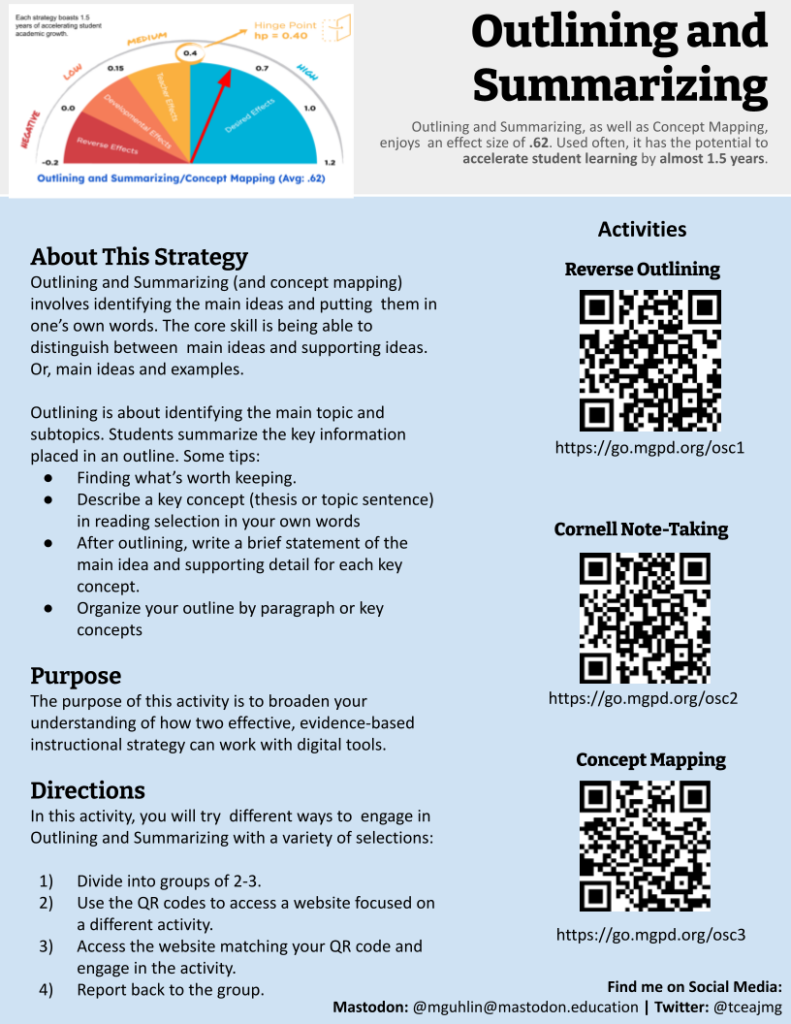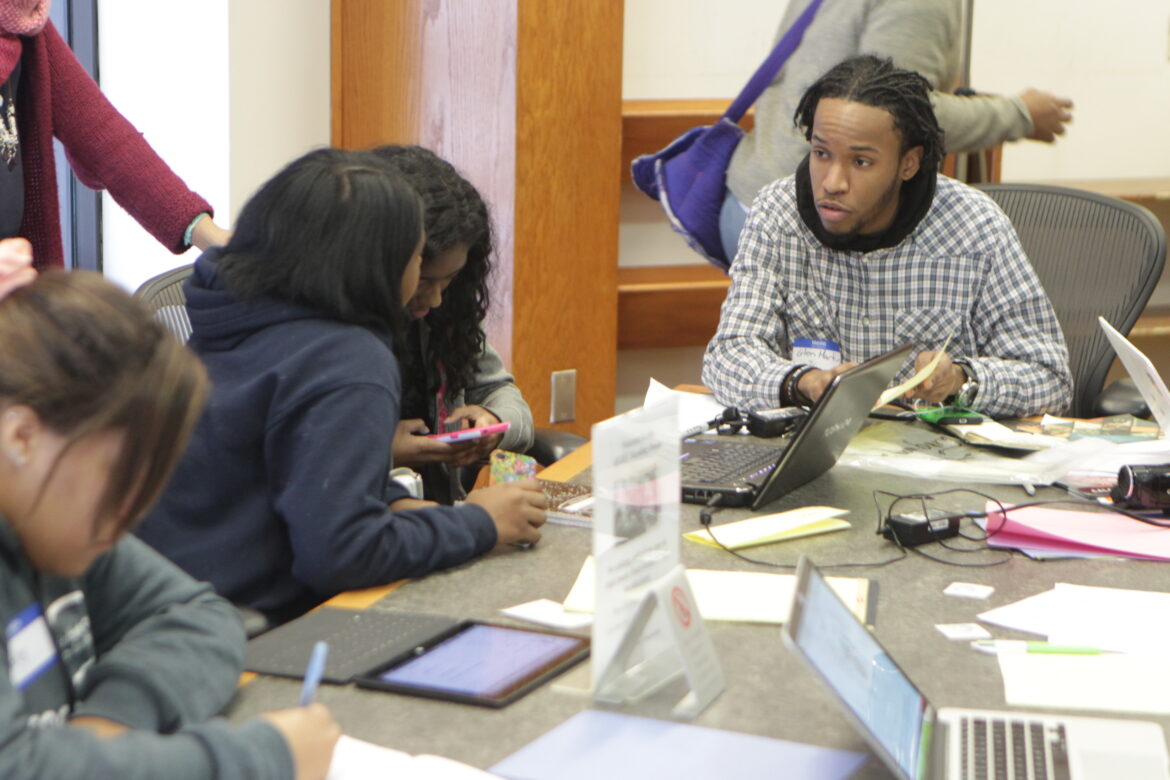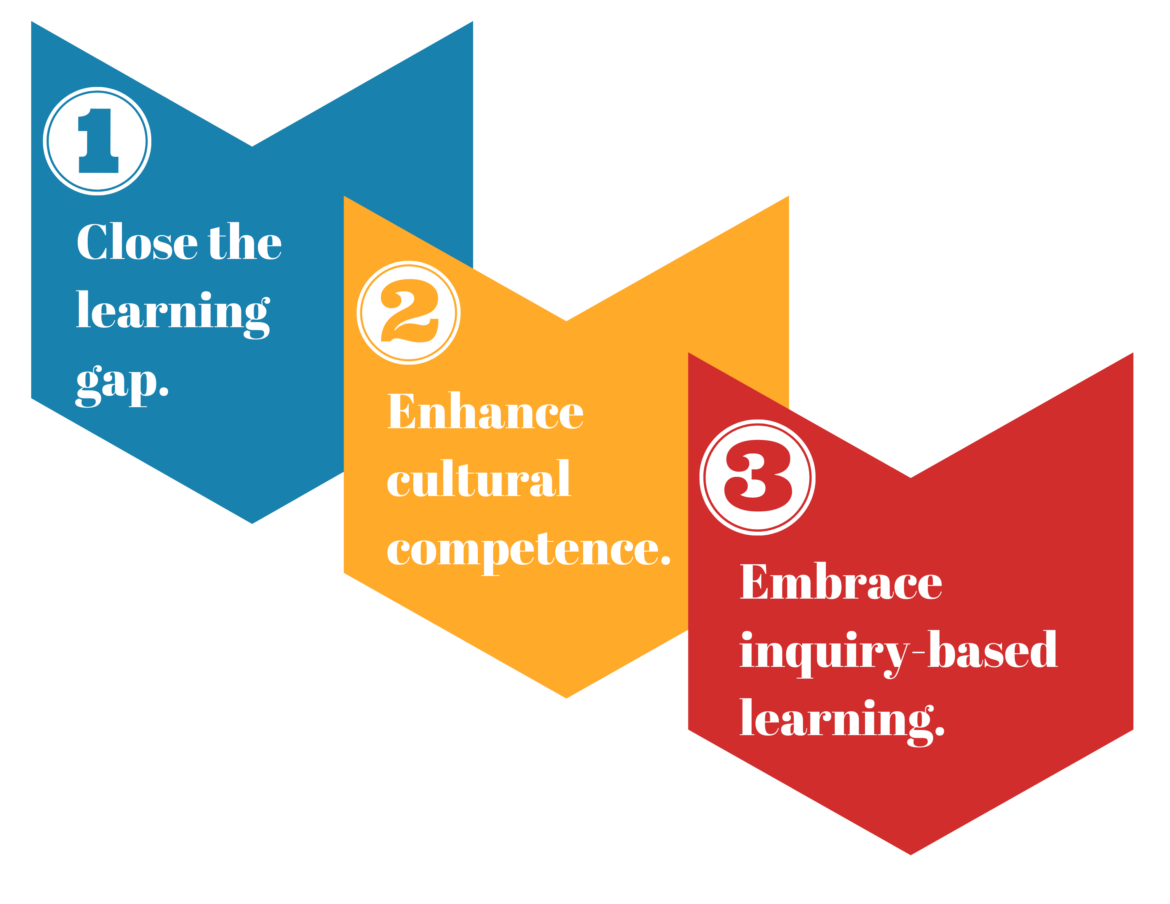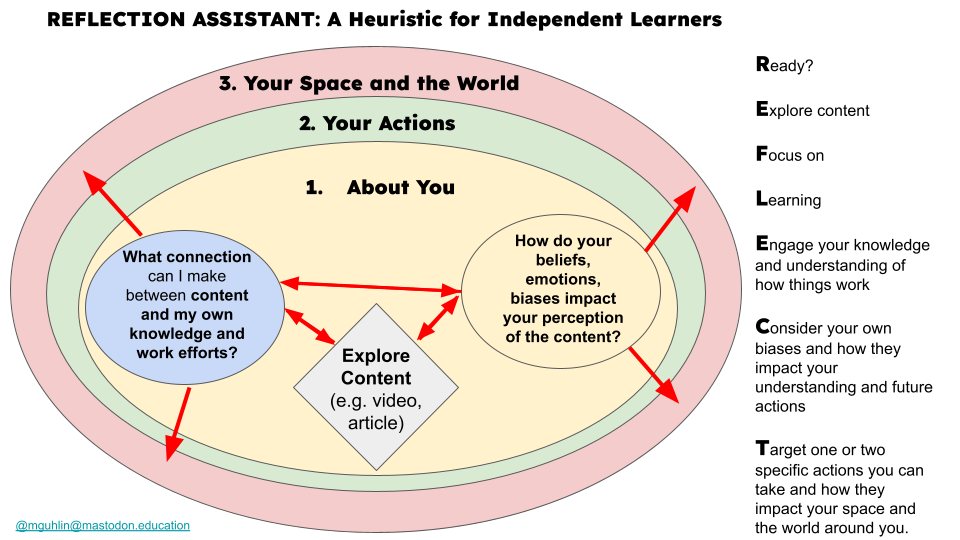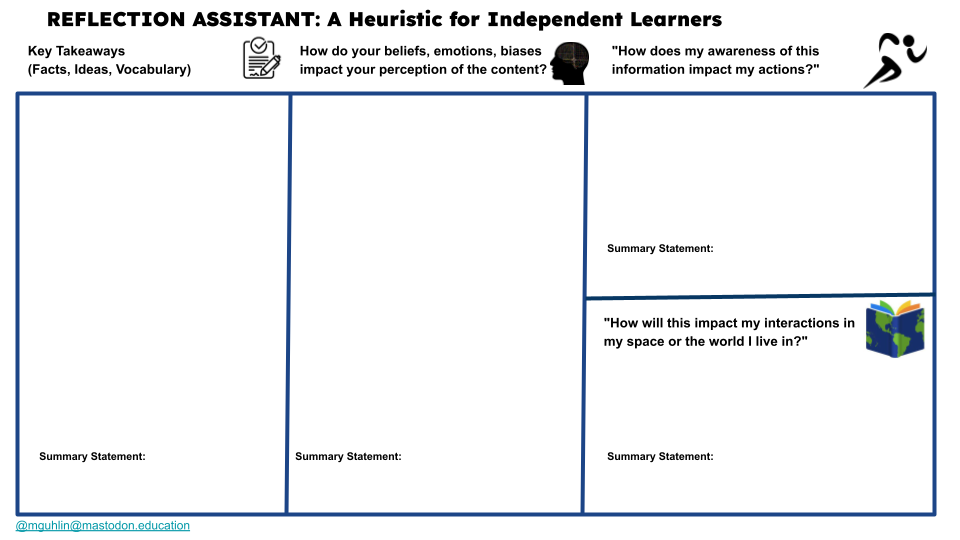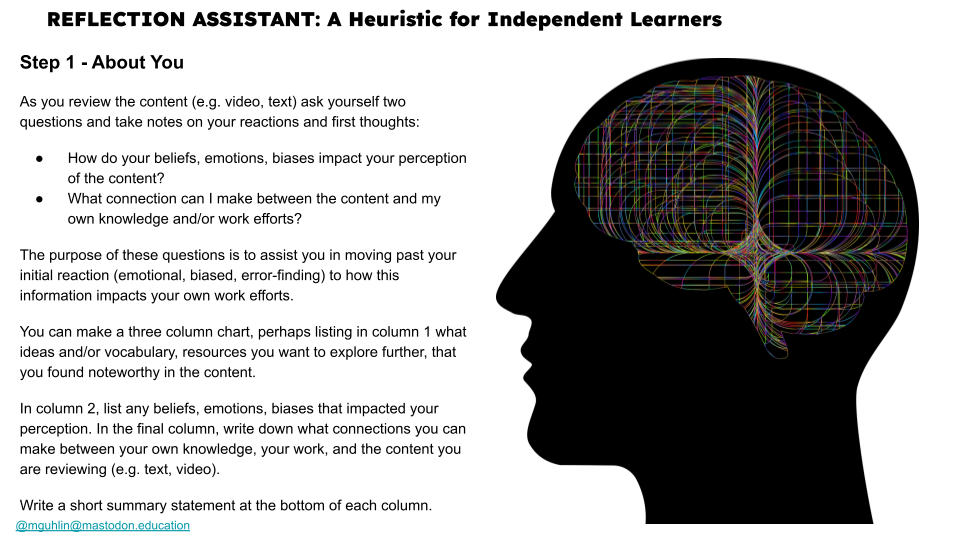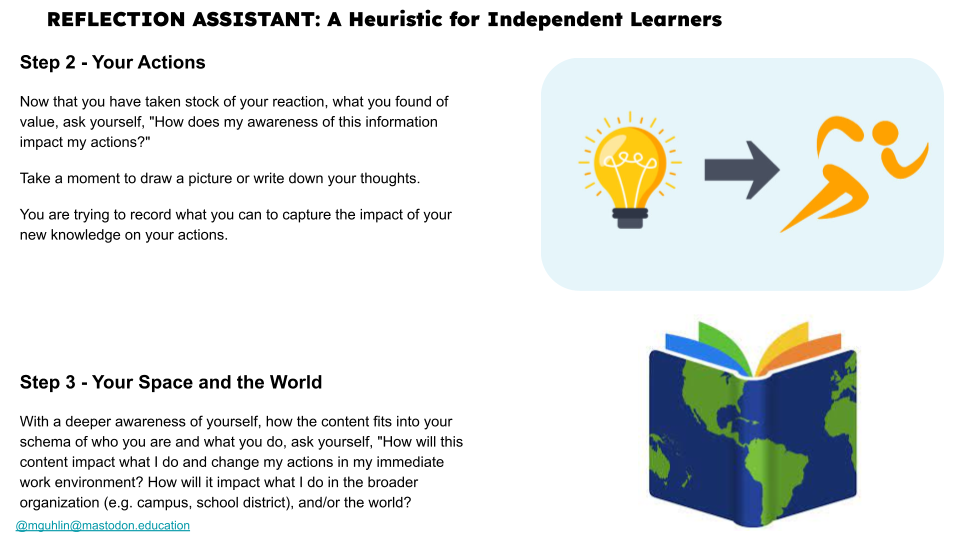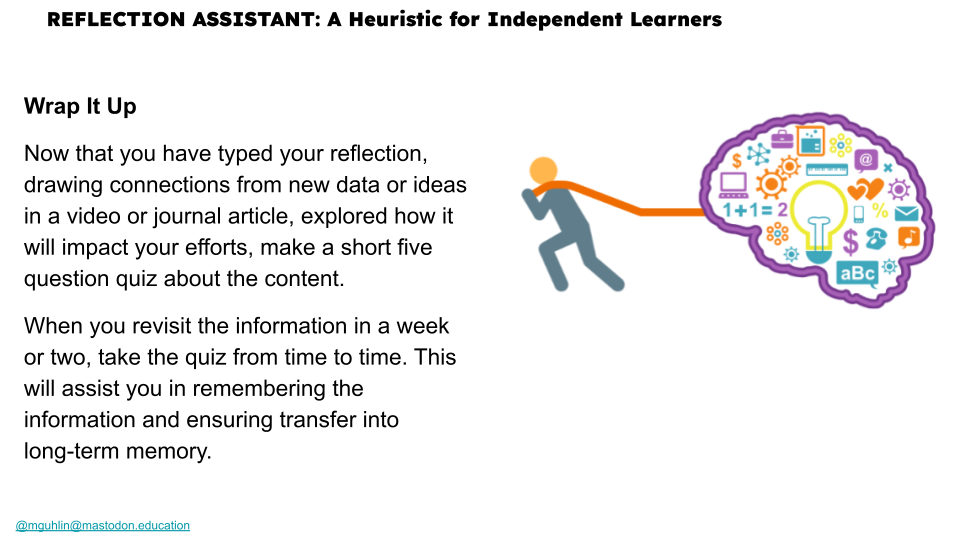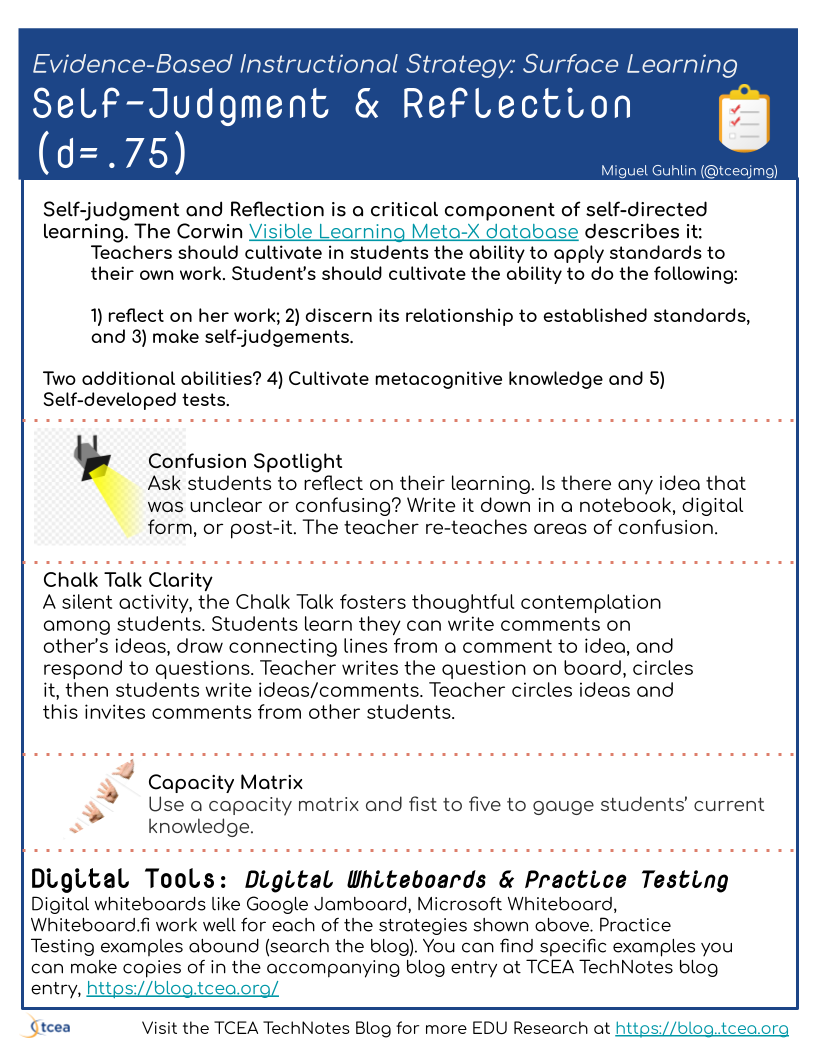Few would disagree that reading plays a crucial role in life. Scaffolding student cognition during reading can enhance student achievement. One of the techniques I employed as a young teacher included Reciprocal Teaching. In this blog entry, you will see a few amazing reading apps you can try reciprocal teaching on.
Google Rivet Transitions to Google’s Kids Space
This blog entry previously featured Google Rivet, which Google shelved on October 16, 2020. The Rivet content (3500 books) found its way into Google’s new Kids Space. Per the Google Kids Space website, you can get to it via select Android tablets. Children are able to access apps, books, and videos. These are age-appropriate and targeted by age. One neat feature is that multiple children can use the same tablet. This is because children’s accounts are kept separate. Children’s education and media specialists have all reviewed apps and books included.
Effect Size of Reciprocal Teaching
Reciprocal Teaching (Palinscar & Brown, 1984) has strong support among researchers. Consider that John Hattie’s meta-analyses results include reciprocal teaching as a high-impact strategy. Its effect size of .79 means that it can advance student achievement almost two years growth for one year of school. (You can learn more about Hattie’s research in these blogs or join TCEA’s empowerED program and receive inexpensive professional development on his strategies.)
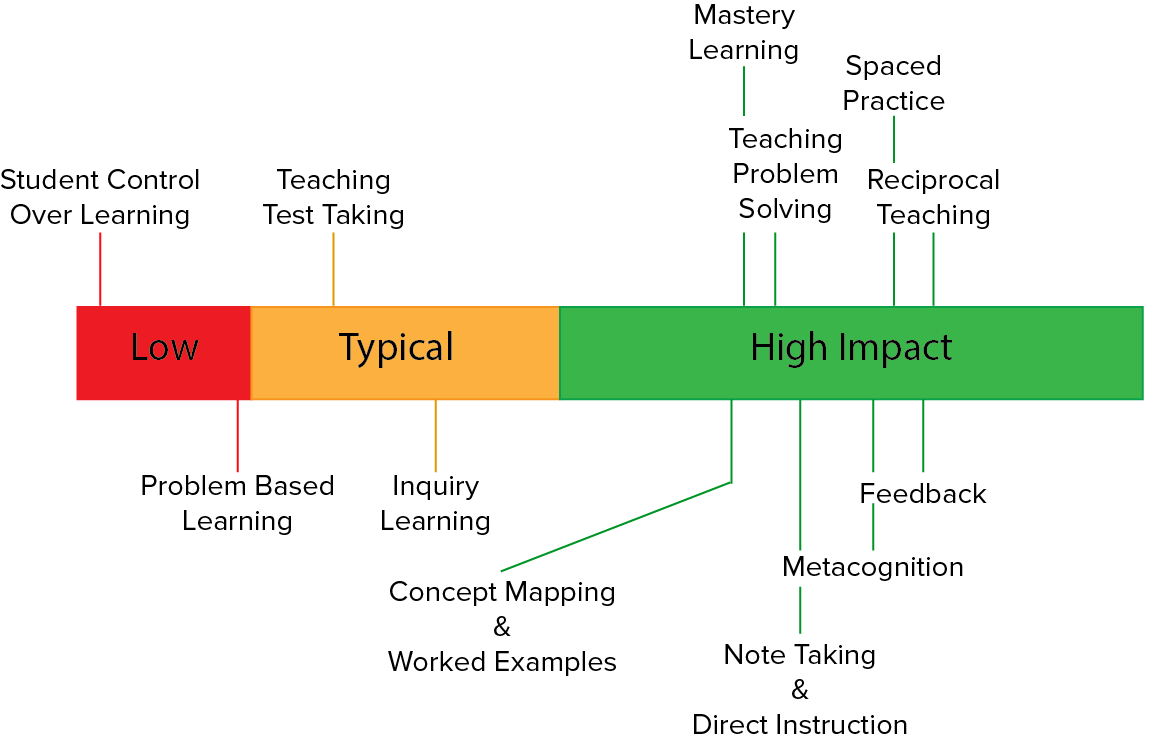
What Is Reciprocal Teaching?
This tried-and-true technique works especially well with second language learners. Under the tutelage of Mark Gabehart (Round Rock ISD CTO), I discovered this first-hand working with bilingual/ESL students in urban school settings. Reciprocal teaching includes a cycle of predicting, clarifying, questioning, and summarizing. The video below illustrates the reciprocal teaching cycle:
Through the use of statement stems, students are able to learn critical processes. For example, for Predictor, students think about what they have read. Then they predict what will happen next. Assisting students in understanding how to predict is key. For questioning, students can use sentence stems such as “I wonder…” or the five Ws to unearth ideas and information. You can see some sentence stems via this reciprocal teaching Pinterest board. Explore the Wakelet embedded below:
View Wakelet on Reciprocal Teaching
Why Is Reciprocal Teaching Needed?
If your students face any or all of the following obstacles (adapted from ASCD Publication: Lori D. Oczkus’ Reciprocal Teaching At Work), reciprocal teaching may be what’s needed.
- Students don’t remember what they read, even when they can decode text
- Little to no engagement with reading material
- Students read at two or more years below grade level
- Informational text (non-fiction) is difficult to understand
- Challenging words are difficult to decipher
- Students may be unable to describe the difference between main idea and supporting details
As a result of reciprocal teaching technique’s effectiveness for over thirty years, it is worth adopting. The National Behaviour Support Service offers this visual which may assist you:
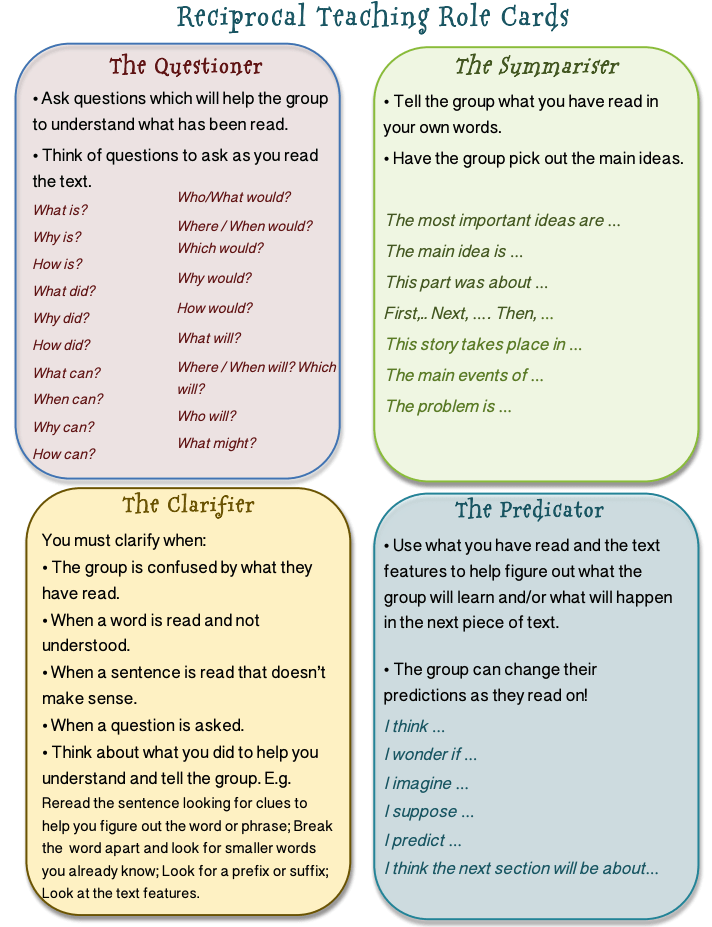
Image Source: The National Behaviour Support Service
Reciprocal Teaching Outside the Classroom
We imagine that RT may be for classroom use only, but that’s not true. We can encourage its use outside of the classroom by helping students to become teachers. “The act of teaching activates more regions of the brain,” says Dr. Lou Whitaker. Another approach could involve students modeling the RT cycle. They use this high impact reading strategy with Flipgrid, as you can see below.
Can #FlipgridFriday be a thing?! Ss created SWBS summaries after using reciprocal teaching strategies to understand details in the text. Most importantly they had fun recording their responses ???? Thanks @Flipgrid pic.twitter.com/MzPM1xgFdL
— Ashlyn Pierce (@ashlynpierce4th) August 17, 2018
Another may involve recording a video and then using EdPuzzle.com to empower students. These students create a video with questions interspersed throughout.
How could students use this with new reading apps, such as Google’s Kid Space and other amazing reading apps?
:video
Exploring Five, Incredible Reading Apps
One of the challenges students face is access to common text. Now, with these reading apps, students can access common content and can apply reciprocal teaching strategies to that text. Having apps you can share with students that feature common content is a win for both teachers and students.
- A Story Before Bed. Record a children’s book with audio and video. Kids can play back recording on iPad, iPhone, Mac, and/or Windows. Pre-recorded stories are also available for free or purchase.
- Epic! books. An incredible collection of ebooks available via the web. Educators get free access to the content and can generate class codes for their students.
- FarFaria Read Along Kids Books. Available for Android and iOS, you get access to one free story per day. More are available for a subscription. Preview their book catalog online.
- Skybrary Kids Books and Videos. This free, albeit with in-app purchases, app is available from Reading is Fundamental, Inc. You can get it in Android and iOS flavors.
- Tales2go. This website and cross-platform app features over ten thousand high interest audio book titles from leading publishers. Get a look at their catalog. Pricing varies for school districts, schools, and individuals.
While most educators may rely on Epic! books as their common text, don’t forget about other great sources of reading material online. You can find a comprehensive list in this TCEA TechNotes blog entry, Digital Stories for Remote Learners.
This blog entry was updated on 6/29/2021 with new content.


